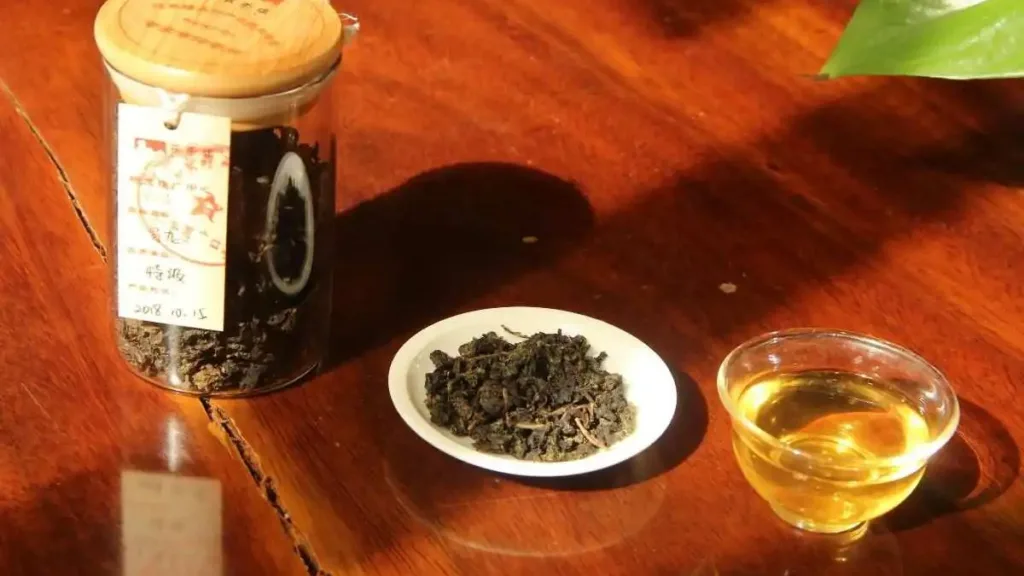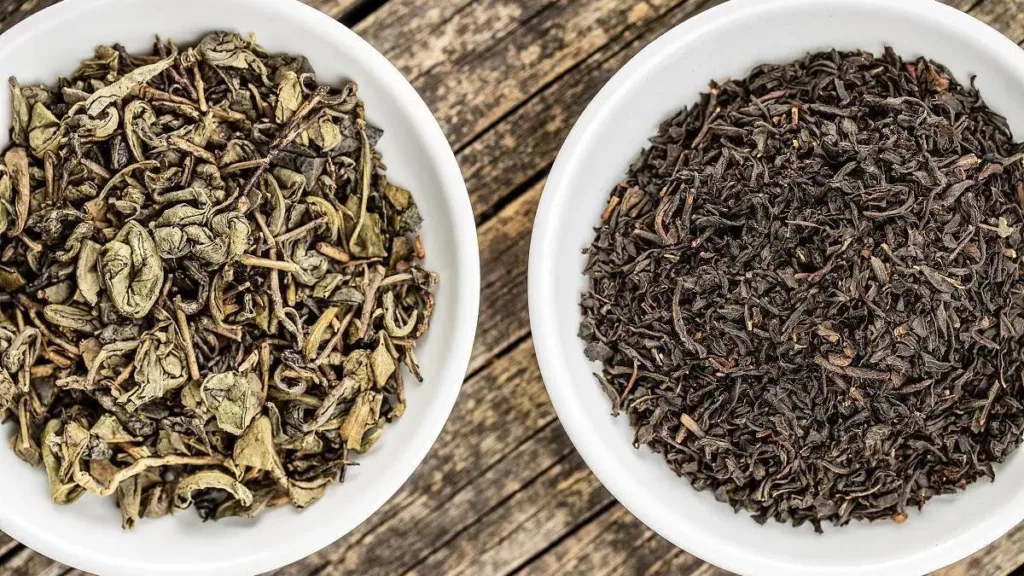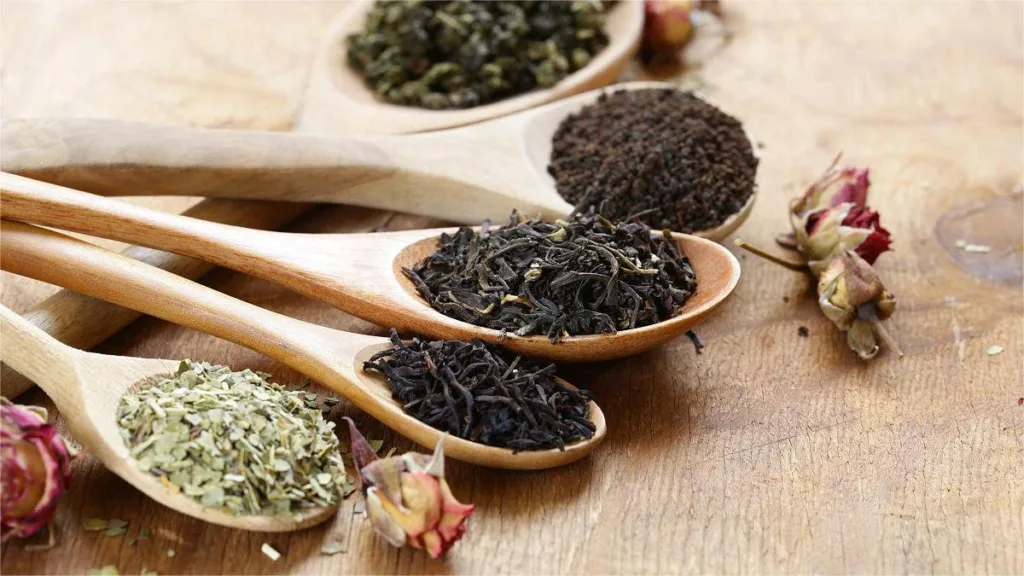The cultivation of tea in India traces its roots back to the British Empire’s desire to break free from a long-standing reliance on imported Chinese tea leaves. From the outset, tea in India was deemed the “drink of the empire.” The popularization of afternoon tea symbolized elegance, nobility, wealth, and power, seemingly distant from the realities of the common people and colonial India. In the 20th century, the invention of the CTC (Crush, Tear, Curl) technology by the British led to the gradual standardization and commodification of tea leaves. Consequently, the production increased, prices dropped, and more locals in India could afford to enjoy tea.
While the initial establishment of the Indian tea industry aimed at meeting domestic consumption needs, the rising tea production in India, along with the rapid development of tea industries in places like Sri Lanka and Kenya, created a surplus of tea. Consequently, the British started encouraging the Indian population to embrace tea.
Now, let’s delve into the differences between Indian and Chinese tea leaves:
Tea Leaf Processing:
- Indian Black Tea: Predominantly consists of CTC tea, characterized by small, granular particles resulting from a cutting and crushing process. This method facilitates mass production and quicker brewing, making it suitable for chai, the beloved spiced tea in India.
- Chinese Black Tea: Primarily comprises Gongfu Black Tea, processed using the traditional method of rolling whole tea leaves into twisted strips, resulting in a significant difference in appearance compared to Indian black tea.
Growing Conditions and Flavor Profile:
- Indian Black Tea: Thrives in tropical regions, yielding a robust and bold flavor. Indian black tea, often enjoyed with milk, imparts a strong tea aroma to chai.
- Chinese Black Tea: Flourishes in subtropical regions, offering a more mellow and nuanced taste. Chinese black tea, when combined with milk, presents a lighter tea fragrance, making it suitable for standalone consumption.
Visual Characteristics:
- Indian Black Tea: Exhibits a brownish-red hue, showcasing the intensity of its flavor.
- Chinese Black Tea: Displays a dark, lustrous appearance, providing a distinct visual contrast to Indian black tea.
Brewing Preferences:
- Indian Black Tea: Suited for making chai due to its finely crushed leaves, facilitating a quicker infusion of flavors.
- Chinese Black Tea: Preferred for standalone consumption, as the whole leaves allow for a more gradual release of flavors.
Form and Aroma:
- Indian Black Tea: Often processed into smaller particles, making it ideal for chai and imparting a strong malty or floral aroma.
- Chinese Black Tea: Characterized by long, twisted leaves, contributing to a cleaner and subtler fragrance.
In summary, while both Indian and Chinese black teas are enjoyed globally, they differ significantly in processing methods, flavor profiles, and cultural significance. Indian black tea, deeply embedded in the fabric of everyday life, especially in the form of chai, reflects the bold and robust nature of its culture. On the other hand, Chinese black tea, with its intricate processing and diverse varieties, captures the essence of subtlety and tradition, appealing to those who appreciate the art of tea in its purest form.



